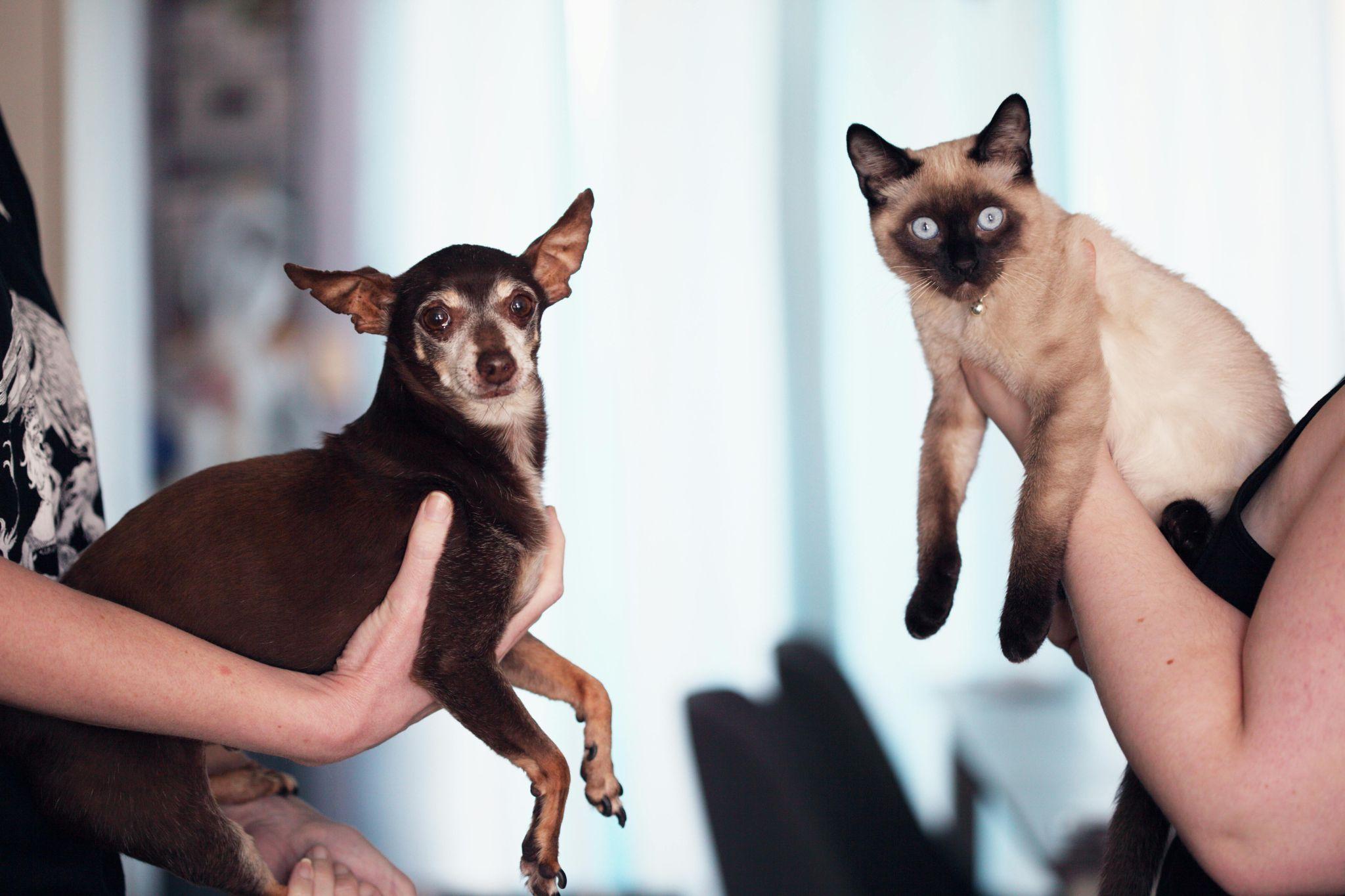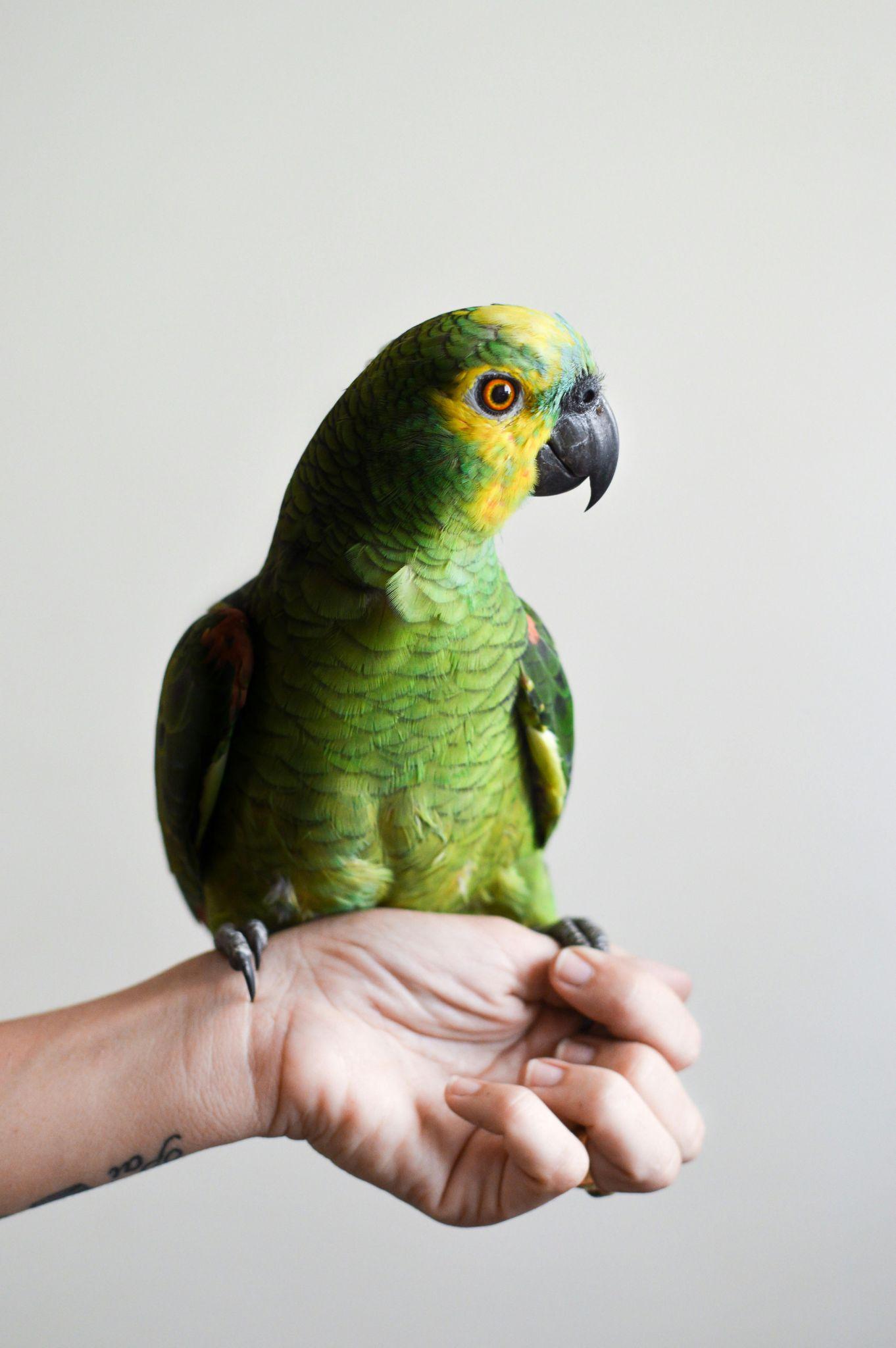Separation anxiety in pets is a prevalent issue that can deeply affect both the pet and their owner. Addressing this challenge is essential for ensuring your furry friend’s well-being. This comprehensive guide will explore various strategies to help your pet cope with separation anxiety, blending expert advice with practical tips to offer a well-rounded solution.
Understanding Pet Separation Anxiety

Separation anxiety occurs when pets experience distress and exhibit problematic behaviors when left alone. These behaviors can range from excessive barking to destructive actions and even physical symptoms like vomiting. Identifying the root cause of this anxiety is crucial for developing effective solutions.
Common Signs of Pet Separation Anxiety
https://truepetslove.com/product/petlibro-automatic-cat-feeder/
Recognizing the signs of separation anxiety is the first step toward addressing it. Common indicators include:
- Excessive barking or howling: Persistent vocalizations that start when you leave.
- Destructive behavior: Chewing on furniture, scratching doors, or other damage to the home.
- Pacing or restlessness: Repeatedly walking in circles or showing signs of nervous energy.
- House soiling: Urinating or defecating indoors despite being housetrained.
- Escape attempts: Trying to break out of the house or crate.
- Excessive salivation or panting: Physical symptoms of distress.
- Depression or lethargy: A noticeable decrease in energy and interest in activities.
Why Do Pets Develop Separation Anxiety?

Several factors can contribute to the development of separation anxiety in pets: https://truepetslove.com/the-pros-and-cons-of-owning-a-pet/
- Changes in routine: Sudden alterations in daily schedules, such as a new job or move, can trigger anxiety.
- Past trauma: Pets with a history of abandonment or significant changes in their environment are at higher risk.
- Lack of socialization: Pets that haven’t been properly socialized may struggle with being alone.
- Over-dependence: Pets that are overly reliant on their owners for comfort may find it difficult to be alone.
Strategies for Handling Pet Separation Anxiety
Creating a Safe and Comfortable Environment
Establishing a secure and inviting environment can greatly alleviate separation anxiety.
Provide a Cozy Space
Designate a comfortable area where your pet can feel safe. This could be a specific room or a cozy crate.
- Comfortable bedding: Use soft, familiar bedding to make the space inviting.
- Familiar toys: Provide toys that have your pet’s scent or that they particularly enjoy.
Gradual Desensitization
Gradual desensitization helps your pet become accustomed to being alone in a controlled manner.
- Start Small: Begin by leaving your pet alone for short periods, gradually increasing the duration.
- Create Positive Associations: Use treats and toys that your pet loves before and after your departure to create positive connections with being alone.

Establish a Consistent Routine
A consistent routine can help reduce your pet’s anxiety by providing predictability.
Regular Feeding Times
Maintain consistent feeding schedules to create a sense of stability.
Scheduled Play and Exercise
Regular exercise helps expend excess energy and promotes relaxation.
- Morning Walks: Take your dog for a walk each morning before leaving for the day.
- Interactive Play: Engage in stimulating play sessions with your cat to keep them mentally and physically active.
Training Techniques to Reduce Separation Anxiety
Positive Reinforcement

Positive reinforcement can effectively address separation anxiety by rewarding desired behaviors.
Reward Calm Behavior
Reinforce calm behavior when preparing to leave and upon returning.
- Treats and Praise: Use treats and verbal praise to reward calm and relaxed behavior.
- Ignore Attention-Seeking: Avoid reinforcing behaviors like barking or whining by not giving attention until calm.
Behavioral Training
Training can help modify your pet’s anxious behavior.
Obedience Training
Basic obedience training enhances your pet’s confidence and self-control.
- Sit, Stay, and Come: Teach fundamental commands to improve behavior and reduce anxiety.
- Crate Training: Introduce your pet to crate training as a way to create a safe and secure space.
Professional Help for Severe Anxiety
When to Seek Professional Help
If basic strategies are not alleviating your pet’s severe anxiety, consider seeking professional assistance.
Veterinary Consultation
A veterinarian can assess if any medical conditions are contributing to the anxiety and recommend appropriate treatments.
Animal Behaviorist

An animal behaviorist can offer specialized training and behavior modification plans tailored to your pet’s specific needs.
Additional Tips and Resources
Use of Calming Aids
Various products can aid in calming your pet during anxious times. https://truepetslove.com/
- Thundershirts: These shirts provide a snug fit that can help soothe anxious pets.
- Calming Sprays and Diffusers: Pheromone diffusers can create a calming environment and help reduce stress.
Engage in Mental Stimulation

Mental stimulation can reduce anxiety by keeping your pet’s mind occupied.
- Puzzle Toys: Interactive toys that challenge your pet’s intellect can keep them engaged.
- Training Games: Engage in problem-solving games that promote mental stimulation and relaxation.
Seek Support
Connecting with others who face similar challenges can provide valuable support.
- Online Communities: Join forums or social media groups focused on pet behavior problems.
- Pet Loss Support Groups: If anxiety stems from the loss of a companion pet, these groups can offer empathy and guidance.

Addressing pet separation anxiety involves patience, consistency, and a thorough understanding of your pet’s needs. By creating a supportive environment, establishing a routine, employing positive reinforcement, and seeking professional help if necessary, you can help your pet overcome their anxiety. Remember, managing separation anxiety is not just about correcting behavior but also about ensuring your pet’s emotional well-being. With the right approach, you can make a significant difference in your pet’s quality of life and strengthen the bond you share.
